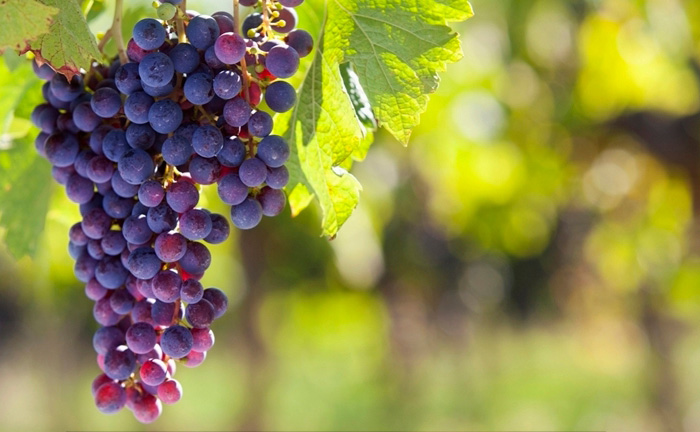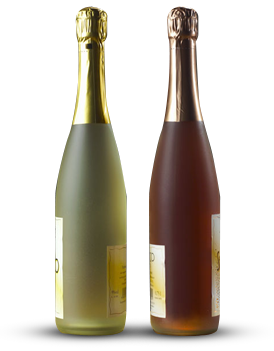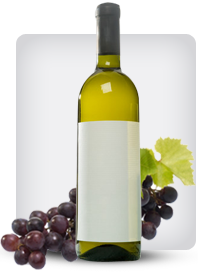

Tag: Hydrometer
Wine Making Hydrometer Basics
Posted onA hydrometer is an indispensable tool in the winemaker’s arsenal. Hydrometers are used at different stages in the wine making process, and by learning what your hydrometer is saying you’ll be able to refine your wine making techniques.
Basically, the heavier, or denser a liquid is, the higher the hydrometer will float. When just starting a batch of wine, the juice is “thick” with sugars. When fermentation occurs the juice goes from the thicker, syrupy consistency to a thinner liquid containing more alcohol. Thus, a hydrometer will float at different levels all throughout a fermentation as the liquid goes from “thicker” to “thinner”.
Specific Gravity is one scale on your hydrometer. This scale is based on the weight of water. A hydrometer floating in water will have a specific gravity of 1.000 When you start a batch of wine a typical specific gravity reading will be around 1.080. At that point the juice is 8 percent thicker than water. When fermentation is complete, the reading will be around 0.995, meaning that the sugar has been turned into alcohol and the juice is now thinner than water.
Another scale on your hydrometer is potential alcohol (PA). To arrive at potential alcohol readings you must measure the PA at the beginning of fermentation and also again at the end. An example might help here. Suppose you measure the PA of your juice at 14 % when beginning fermentation. This reading means that “potentially” you can get 14% alcohol from your juice. But not all fermentation use up every bit of sugar. If you take a reading when fermentation is complete and the PA is 1%, then your wine has 13% alcohol, the difference between the two readings.
Another scale on most hydrometers is Brix, also known as Balling. This is usually used by advanced wine makers and also commercial wineries. The Brix scale shows the percentage of sugar in the juice by weight. For instance, if you have a reading of 22 on the Brix scale, that means the juice is made up of 22% sugar by weight. Wineries will use this scale to determine that their juice can produce the percentage of alcohol they desire.
A hydrometer is a very useful tool for the homemade winemaker. The more you use one the more familiar you’ll become with the various scales and how powerful their information they provide can be.
popular posts
-

Best Australian Shiraz Under $35: Exceptional Value from Down Under Australian Shiraz has earned a global reputation for its bold, fruit-forward character and remarkable consistency
12-06 2025While premium bottles can command hundreds of dollars, some of the most enjoyable and authentic expressions of this iconic grape are available for less Read More
-

Organic Malbec Wines with Low Sulfites: A Guide to Purity and Flavor
12-05 2025Introduction Malbec, the bold and velvety red wine originally from France but now famously associated with Argentina, has captured the hearts of wine enthusiasts Read More

